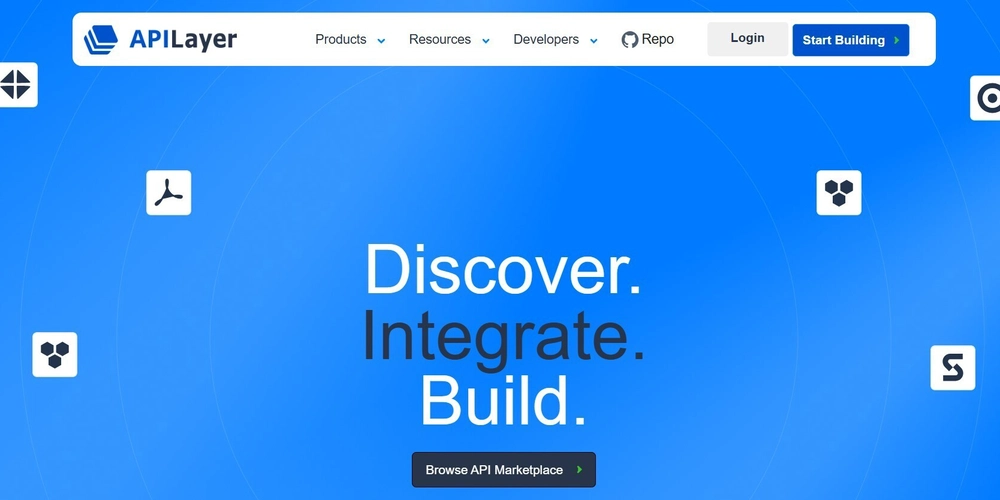Copyleft Licenses: Bridging Open Source with Commercial Sustainability
Abstract Copyleft licenses remain at the heart of open source philosophy, driving both innovation and commercial sustainability. This post explores the history, core concepts, and real-world applications of copyleft licenses. We discuss how these licensing models create ecosystems that promote sharing while enabling commercial models to thrive. The post covers the background and context of copyleft, dives into its key features, reviews practical applications, examines challenges and limitations, and outlines future trends and innovations. In doing so, we also show how new approaches like Fair Code and blockchain-based models—such as the Open Compensation Token License (OCTL)—are reshaping the ecosystem. For further insight, read the Original Article. Introduction Software licensing is much more than legal jargon—it is the backbone that supports innovation, community collaboration, and commercial enterprise. Among the many licensing models available, copyleft licenses stand out as they guarantee that software remains free and open for everyone even if modified or improved. Today, copyleft licenses not only nurture community-driven projects like Linux but also allow companies like Red Hat to build profitable service models around open source software. This post explains how copyleft licenses function, their history, and how recent innovations are expanding their applications. We aim to provide both technical insight and practical guidance for developers, businesses, and open source enthusiasts. Background and Context Copyleft licenses emerged as a counterpoint to traditional copyright. Whereas copyright grants exclusive rights, copyleft leverages copyright law—reversing its purpose—to ensure that software stays accessible to all. The concept can be traced back to the 1980s with Richard Stallman’s GNU Project, where the GNU Manifesto laid the foundation for software freedom. The launch of the GNU General Public License (GPL) in 1989 was a milestone that cemented the idea that “if you change the code, your version must remain free.” Over time, copyleft has evolved to cover various use cases. Strong copyleft licenses (like GPL and AGPL) enforce that modifications remain open, while weak copyleft licenses (like LGPL and MPL) allow proprietary integration in certain parts of your project. Today, innovative models—such as the Open Compensation Token License (OCTL)—integrate blockchain technology to provide financial incentives to contributors without compromising openness. Core Concepts and Features Understanding copyleft licenses requires a look at their core principles. Below are the key features that drive these licensing models: Four Freedoms: As articulated by the Free Software Foundation (FSF), these freedoms include: Freedom 0: Run the software for any purpose. Freedom 1: Study how the software works with access to the source code. Freedom 2: Redistribute copies. Freedom 3: Modify the software and share the modifications. Share-Alike Rule: When you alter or build upon copyleft software, your modifications must be released under the same license, ensuring the community’s continued access. Source Code Access: Copyleft licenses mandate that source code be made available, which is crucial for studying and adapting the software. Anti-Lockup Mechanisms: By ensuring that all derivatives remain open, copyleft licenses prevent software from being "locked down" as proprietary. Additional modern concepts include: Fair Code: This model maintains the open source ethos while ensuring that developers are compensated fairly when their work generates revenue. Fair Code represents an evolution where openness and commercial viability coexist without sacrificing one for the other. Blockchain Integration: With projects like OCTL, copyleft licensing now has a tokenized aspect where businesses pay developers via blockchain tokens. This creates a transparent, automated system for compensating contributors. Applications and Use Cases Copyleft licenses are not merely theoretical constructs; they are actively shaping how software is developed and distributed. Consider the following practical examples: 1. Enterprise Linux Distributions Example: Red Hat Enterprise Linux (RHEL) RHEL is built on GPL-licensed Linux code. While the software is open, Red Hat offers commercial subscriptions providing support, updates, and maintenance. This model allows the community to benefit from open source innovations while generating revenue through services. 2. SaaS and Cloud Services Example: AGPL and SSPL Companies offering software as a service (SaaS) can adopt licenses such as the GNU Affero General Public License (AGPL) or the Server Side Public License (SSPL). For instance, early versions of MongoDB were released under AGPL, ensuring that even in a cloud environment, source code modifications remain open. 3. Li
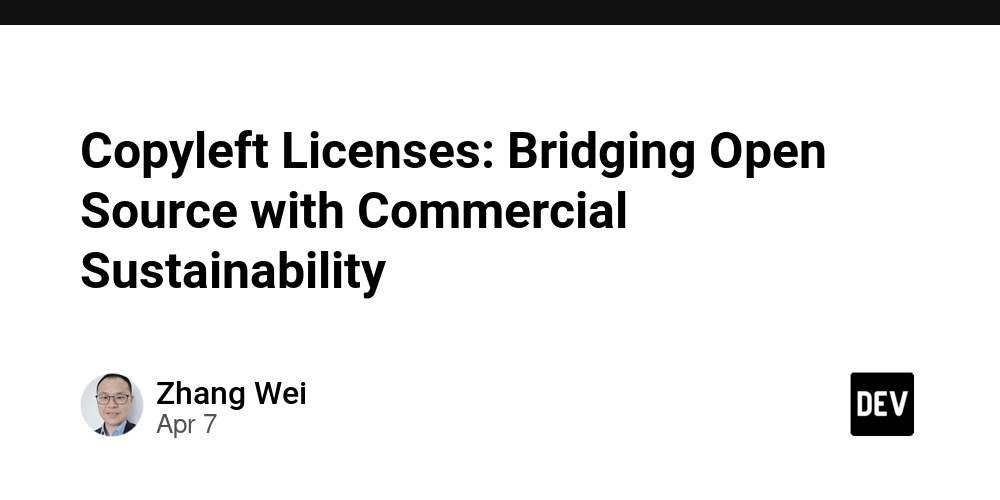
Abstract
Copyleft licenses remain at the heart of open source philosophy, driving both innovation and commercial sustainability. This post explores the history, core concepts, and real-world applications of copyleft licenses. We discuss how these licensing models create ecosystems that promote sharing while enabling commercial models to thrive. The post covers the background and context of copyleft, dives into its key features, reviews practical applications, examines challenges and limitations, and outlines future trends and innovations. In doing so, we also show how new approaches like Fair Code and blockchain-based models—such as the Open Compensation Token License (OCTL)—are reshaping the ecosystem. For further insight, read the Original Article.
Introduction
Software licensing is much more than legal jargon—it is the backbone that supports innovation, community collaboration, and commercial enterprise. Among the many licensing models available, copyleft licenses stand out as they guarantee that software remains free and open for everyone even if modified or improved. Today, copyleft licenses not only nurture community-driven projects like Linux but also allow companies like Red Hat to build profitable service models around open source software. This post explains how copyleft licenses function, their history, and how recent innovations are expanding their applications. We aim to provide both technical insight and practical guidance for developers, businesses, and open source enthusiasts.
Background and Context
Copyleft licenses emerged as a counterpoint to traditional copyright. Whereas copyright grants exclusive rights, copyleft leverages copyright law—reversing its purpose—to ensure that software stays accessible to all. The concept can be traced back to the 1980s with Richard Stallman’s GNU Project, where the GNU Manifesto laid the foundation for software freedom. The launch of the GNU General Public License (GPL) in 1989 was a milestone that cemented the idea that “if you change the code, your version must remain free.”
Over time, copyleft has evolved to cover various use cases. Strong copyleft licenses (like GPL and AGPL) enforce that modifications remain open, while weak copyleft licenses (like LGPL and MPL) allow proprietary integration in certain parts of your project. Today, innovative models—such as the Open Compensation Token License (OCTL)—integrate blockchain technology to provide financial incentives to contributors without compromising openness.
Core Concepts and Features
Understanding copyleft licenses requires a look at their core principles. Below are the key features that drive these licensing models:
-
Four Freedoms: As articulated by the Free Software Foundation (FSF), these freedoms include:
- Freedom 0: Run the software for any purpose.
- Freedom 1: Study how the software works with access to the source code.
- Freedom 2: Redistribute copies.
- Freedom 3: Modify the software and share the modifications.
Share-Alike Rule: When you alter or build upon copyleft software, your modifications must be released under the same license, ensuring the community’s continued access.
Source Code Access: Copyleft licenses mandate that source code be made available, which is crucial for studying and adapting the software.
Anti-Lockup Mechanisms: By ensuring that all derivatives remain open, copyleft licenses prevent software from being "locked down" as proprietary.
Additional modern concepts include:
- Fair Code: This model maintains the open source ethos while ensuring that developers are compensated fairly when their work generates revenue. Fair Code represents an evolution where openness and commercial viability coexist without sacrificing one for the other.
- Blockchain Integration: With projects like OCTL, copyleft licensing now has a tokenized aspect where businesses pay developers via blockchain tokens. This creates a transparent, automated system for compensating contributors.
Applications and Use Cases
Copyleft licenses are not merely theoretical constructs; they are actively shaping how software is developed and distributed. Consider the following practical examples:
1. Enterprise Linux Distributions
-
Example: Red Hat Enterprise Linux (RHEL)
- RHEL is built on GPL-licensed Linux code. While the software is open, Red Hat offers commercial subscriptions providing support, updates, and maintenance. This model allows the community to benefit from open source innovations while generating revenue through services.
2. SaaS and Cloud Services
-
Example: AGPL and SSPL
- Companies offering software as a service (SaaS) can adopt licenses such as the GNU Affero General Public License (AGPL) or the Server Side Public License (SSPL). For instance, early versions of MongoDB were released under AGPL, ensuring that even in a cloud environment, source code modifications remain open.
3. Library and Framework Integration
-
Example: LGPL and MPL
- Many popular libraries use weak copyleft licenses like the GNU Lesser General Public License (LGPL) or the Mozilla Public License (MPL). This allows proprietary software to link against the library without the entire project needing to be open source, as long as the modifications to the copyleft part are shared.
Below is a table summarizing these key license types and their applications:
| License Type | Key Characteristics | Common Uses/Examples |
|---|---|---|
| Strong Copyleft (GPL, AGPL) | Requires all derivatives to remain open | Linux kernel, SaaS applications (AGPL) |
| Weak Copyleft (LGPL, MPL) | Allows linking with proprietary software, only modifications must be open | Libraries like Qt, FFmpeg; Mozilla Firefox (MPL) |
| Commercial Copyleft (SSPL, OCTL) | Combines open source with financial compensation (often blockchain-based) | MongoDB (SSPL), emerging projects using OCTL |
Challenges and Limitations
Despite their many strengths, copyleft licenses face several challenges:
Legal Complexities and Compliance: Ensuring that all contributors adhere to the share-alike requirements can be difficult. Organizations like the Software Freedom Conservancy work to enforce compliance, but legal disputes are not uncommon.
Compatibility Issues: Mixing copyleft with permissive licenses (such as MIT) can be a legal maze. Incompatible licenses might force a project’s entire code base to adopt copyleft terms, causing friction among contributors.
Business Limitations: Some companies fear that strict copyleft requirements may hinder commercialization or scare away potential investors. To address this, innovative licensing models like dual licensing are emerging, where a project is available under both open and proprietary terms.
Adoption in the Community: Developers may struggle to decide which copyleft license best suits their project due to the wide variety of available licenses and the nuances of how they enforce rules on derivative works.
Future Outlook and Innovations
The evolution of copyleft licensing continues as new trends and technologies shape the ecosystem. Here are some future directions:
Expansion of Fair Code Models: As discussed in this Dev.to post on Fair Code, the push towards fair compensation without sacrificing openness is gaining traction. Such models ensure that developers are rewarded while maintaining community trust.
Blockchain and Tokenization: With solutions like OCTL, blockchain technology is being integrated into licensing. This model not only automates compensation through token transactions but also enhances transparency. Businesses adopting these methods benefit from new funding avenues that respect open source values.
Hybrid Licensing Models: The trend of dual licensing and hybrid models (where core software remains open and additional features are proprietary) is expected to grow. This approach balances the need for community development with business incentives, as noted by Red Hat’s open source strategy.
Improved License Compatibility Tools: Future innovations will likely produce better tools for analyzing and managing license compatibility. These advancements will aid developers in choosing the right license and ensuring compliance across diverse projects.
Enhanced Community Governance: With the rise of decentralized platforms, community governance models may evolve further. For example, recent developments around Arbitrum and community governance signal a move towards more democratized decision-making in open source projects.
Additional Resources from Dev.to
For those interested in exploring the financial and sustainability aspects further, consider the following insightful Dev.to posts:
- Exploring Dual Licensing in Open Source Software
- Navigating Financial Sustainability for Open Source Projects
- Understanding Open Source Developer Support Networks
Structured Listing of Key Points
- Copyleft Philosophy: Ensures freedom to use, study, share, and modify software.
- Licensing Models: Ranges from strong copyleft (GPL, AGPL) to weak (LGPL, MPL) and emerging commercial models (SSPL, OCTL).
- Business Integration: Companies like Red Hat use copyleft while offering commercial support and services.
- Innovative Trends: Blockchain tokenization and Fair Code are the future pathways for sustainable open source funding.
- Legal and Compatibility Concerns: Robust compliance and compatibility tools are needed for prevention of licensing conflicts.
Summary
Copyleft licenses continue to bridge the gap between open source freedom and commercial viability. Their roots in the early free software movement have expanded into a multifaceted ecosystem that supports everything from small libraries to enterprise software and cloud services. With emerging innovations such as Fair Code and blockchain-based licensing, contributors now have more pathways to be fairly compensated while keeping the spirit of open collaboration alive.
By understanding the core principles—the four freedoms, share-alike mandates, and mandatory source code access—developers and businesses can navigate the complex licensing landscape with confidence. While challenges remain, continuous improvements in legal clarity, compliance tools, and hybrid licensing models are paving the way for a future where open source and commercial sustainability coexist harmoniously.
For further reading on the nuances of copyleft and to explore alternative licensing models, consult authoritative sources like GNU, FSF, and Open Source Initiative. Additionally, check out the Original Article for a comprehensive guide on the subject.
Embracing copyleft is not just a technical decision—it is a business and community strategy designed to secure the right to innovate while ensuring equitable growth for all contributors. As the landscape matures and new models evolve, the enterprise of open source cannot help but continue to thrive both in spirit and in economic opportunity.
Happy coding and open licensing!






















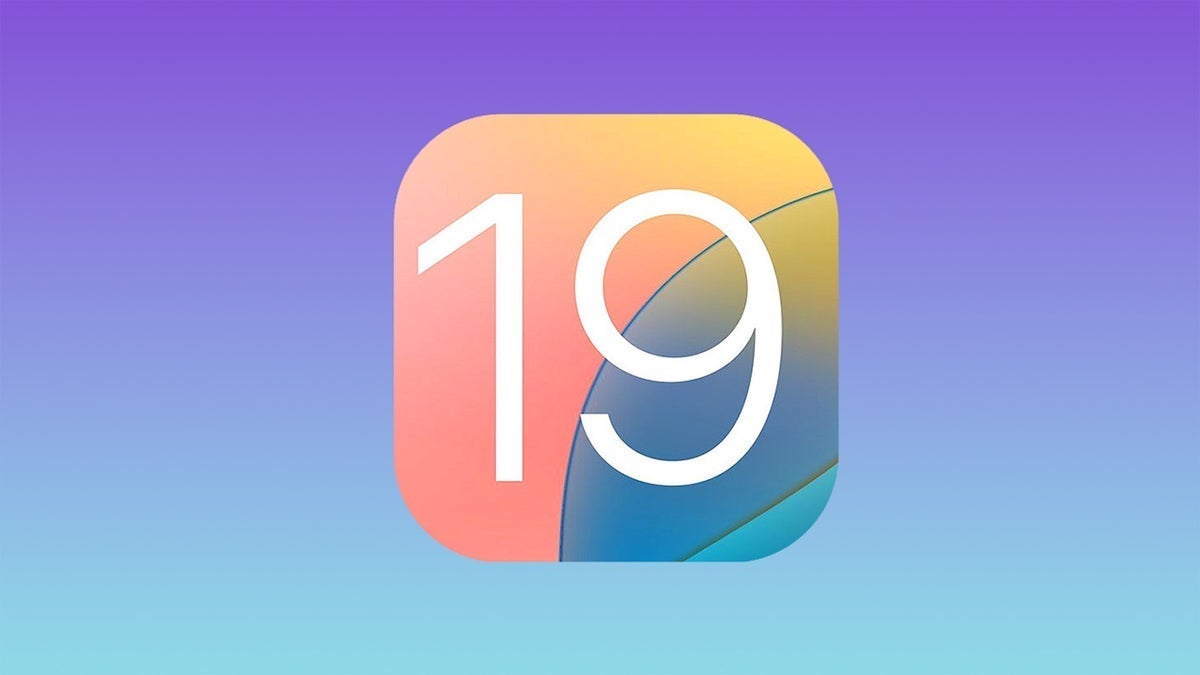






























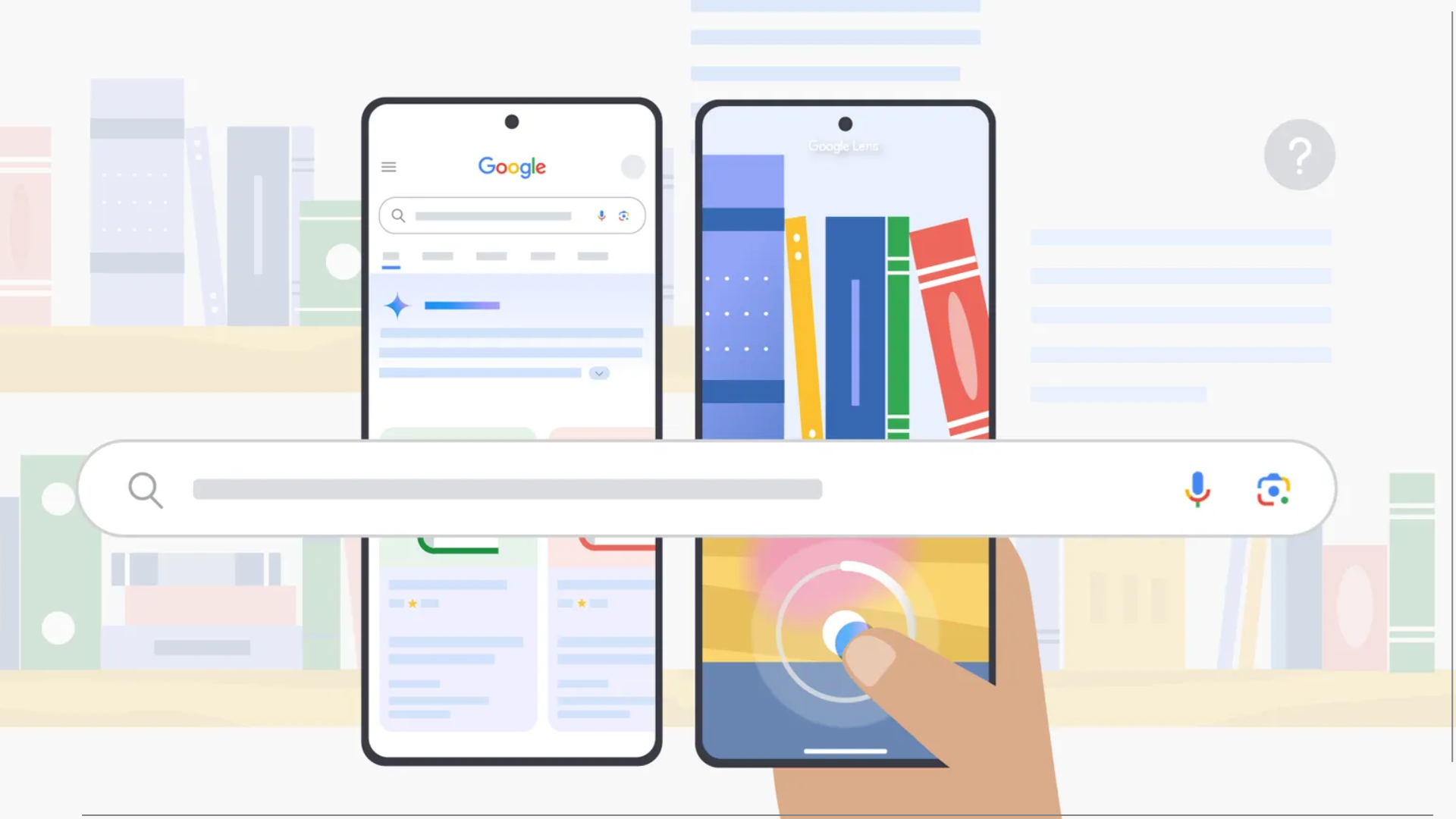
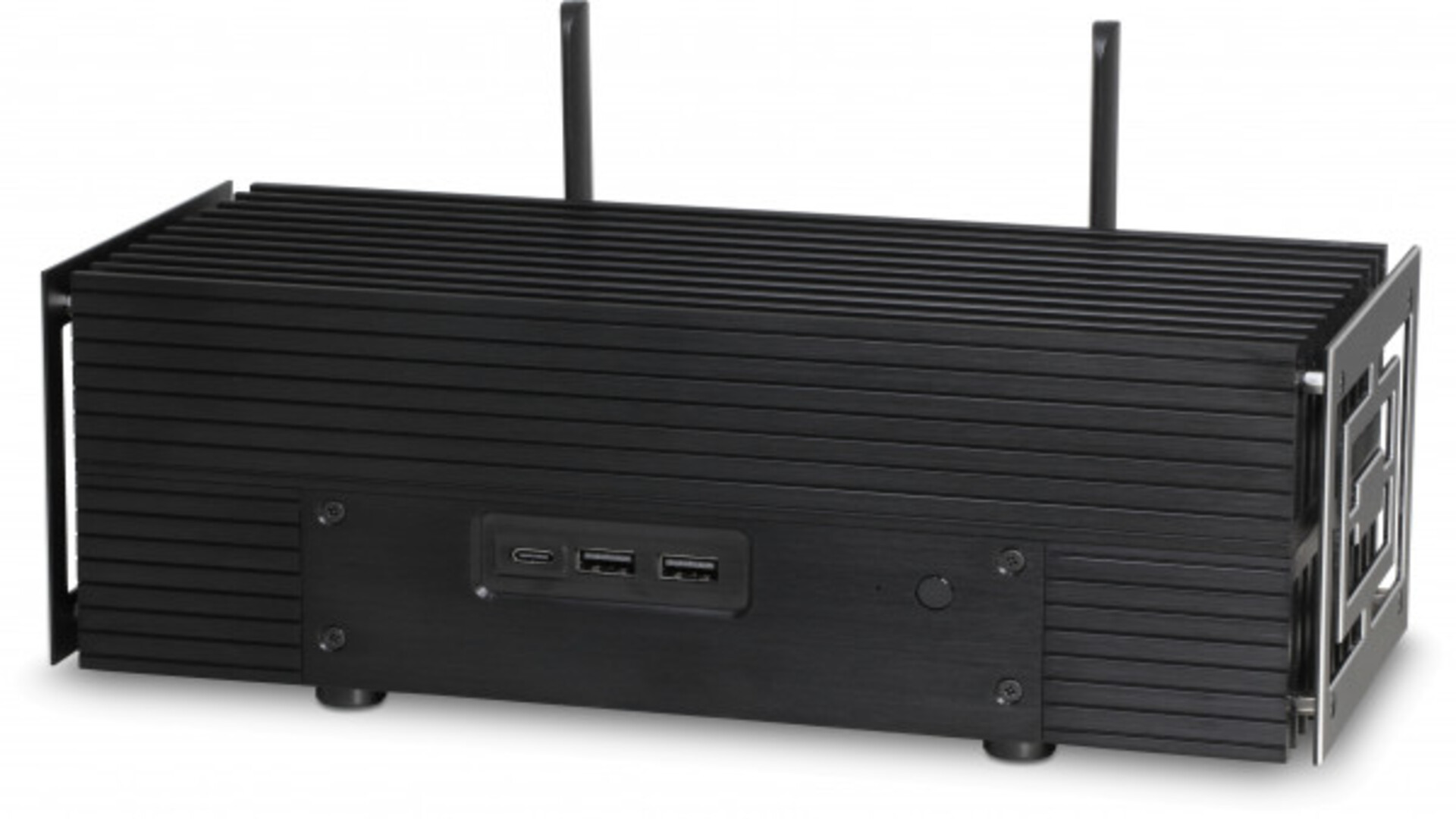













![New iOS 19 Leak Allegedly Reveals Updated Icons, Floating Tab Bar, More [Video]](https://www.iclarified.com/images/news/96958/96958/96958-640.jpg)
![Apple to Source More iPhones From India to Offset China Tariff Costs [Report]](https://www.iclarified.com/images/news/96954/96954/96954-640.jpg)
![Blackmagic Design Unveils DaVinci Resolve 20 With Over 100 New Features and AI Tools [Video]](https://www.iclarified.com/images/news/96951/96951/96951-640.jpg)


















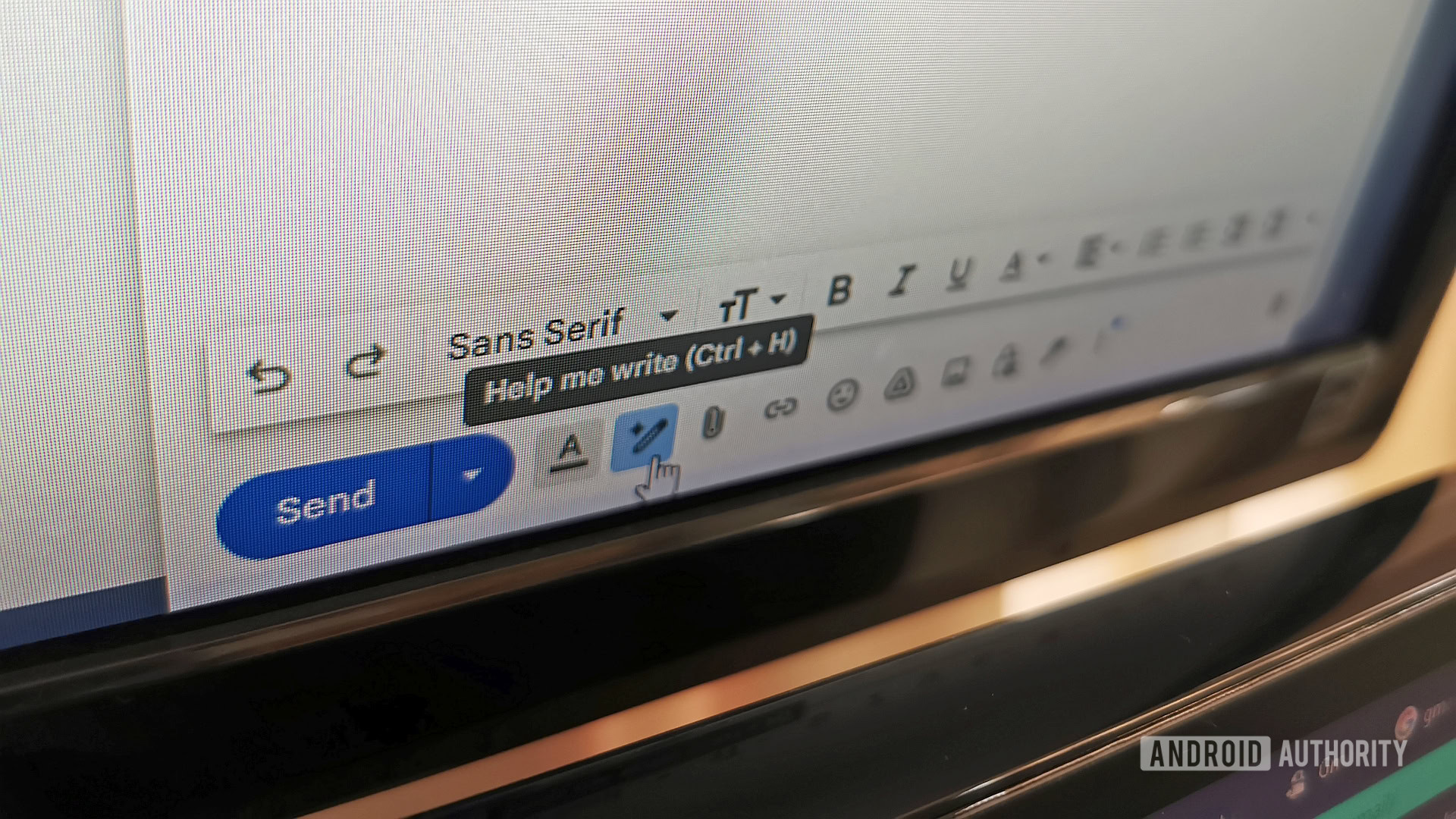
































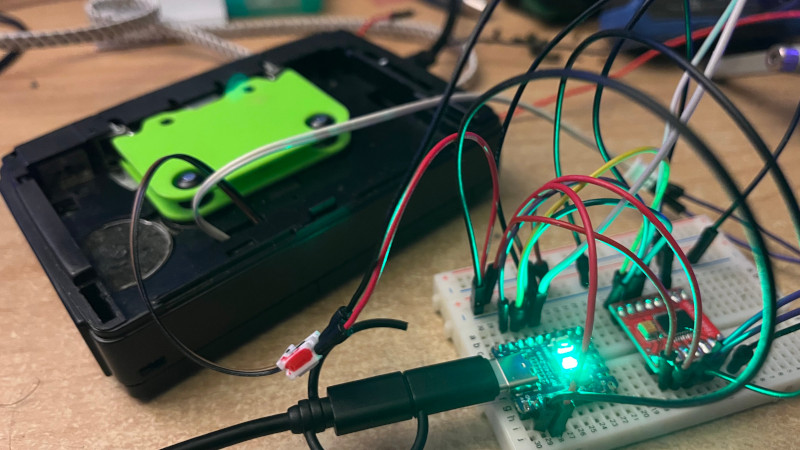








































.webp?#)
.webp?#)
.webp?#)




_NicoElNino_Alamy.png?#)




























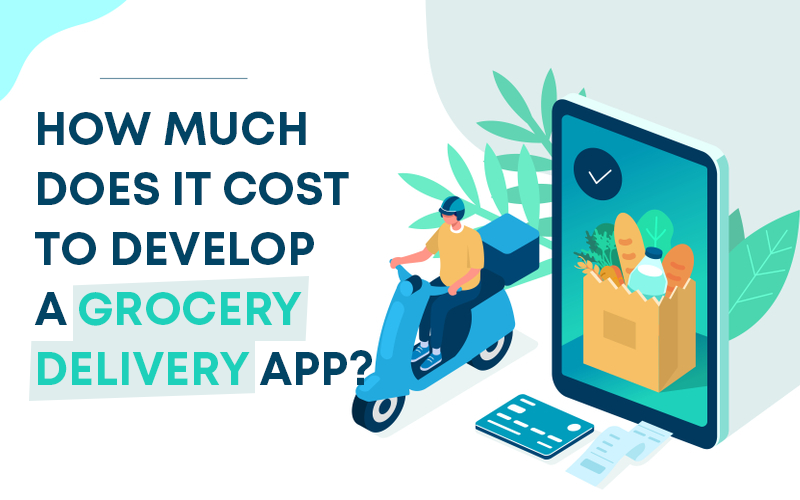















































![[The AI Show Episode 142]: ChatGPT’s New Image Generator, Studio Ghibli Craze and Backlash, Gemini 2.5, OpenAI Academy, 4o Updates, Vibe Marketing & xAI Acquires X](https://www.marketingaiinstitute.com/hubfs/ep%20142%20cover.png)



























































































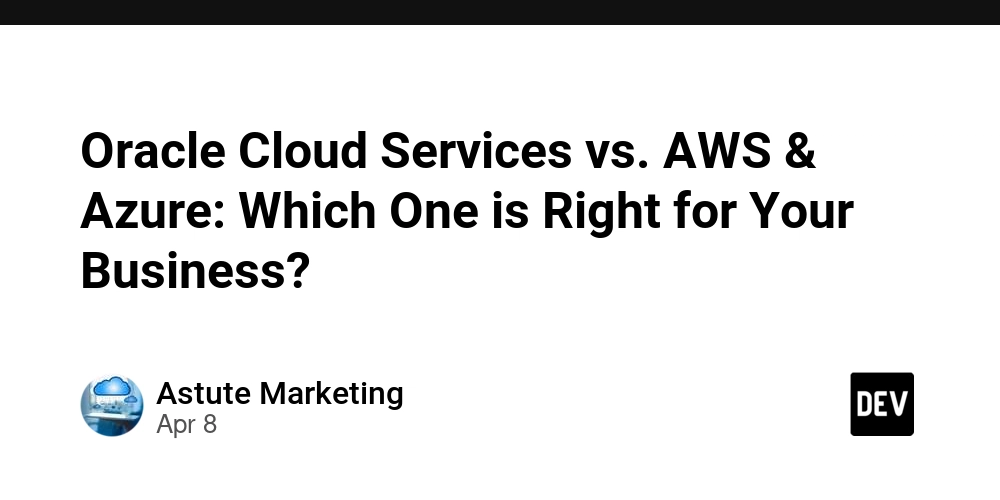






































![From drop-out to software architect with Jason Lengstorf [Podcast #167]](https://cdn.hashnode.com/res/hashnode/image/upload/v1743796461357/f3d19cd7-e6f5-4d7c-8bfc-eb974bc8da68.png?#)
































(1).jpg?width=1920&height=1920&fit=bounds&quality=80&format=jpg&auto=webp#)
























































